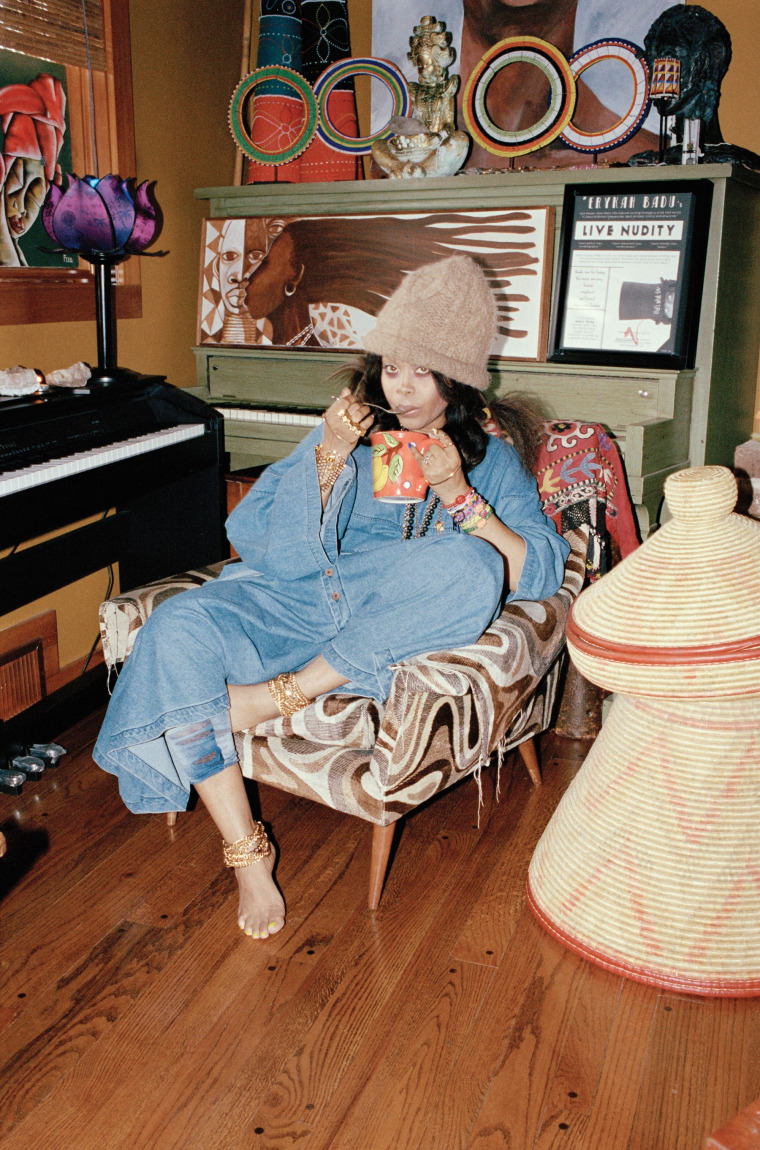

I found that, in “Shine Bright,” Smith creates an innovative form of music writing in which long passages of memoir, reportage, and history are deftly interlinked and shown to be co-constitutive. (Her 2016 oral history of Whitney Houston’s 1991 Super Bowl performance of the national anthem is still, to my mind, the best thing ever written about the singer.) Upon seeing her book’s working title change over time, from “She’s Every Woman: The Power of Black Women in Pop Music” to “Shine Bright: A Very Personal History of Black Women in Pop,” I wondered how Smith was navigating the trend in music writing toward autobiographical accounts of listeners’ relationships with Black artists and away from historical (or, indeed, musical) appraisals of their work. These are artists who collectively created the sounds and styles of American pop.Īlthough I had not met Smith prior to our conversation, I had admired her writing and anticipated the publication of “Shine Bright” for many years. It is an experiment in intertwining her own stories of self-doubt, love, and ambition with those of the Black-women artists she profiles-from the nineteen-sixties hitmakers the Dixie Cups to icons such as Jody Watley and Mariah Carey. But for those who found Baduizm a little too sweet, this is a fabulous, ever-evolving work by one of the most dazzling artists of the past two decades.If I tell you Danyel Smith is a writer and editor who grew up in Oakland, California, in the nineteen-seventies, and went on to become one of the nation’s most astute chroniclers of pop and hip-hop culture-especially through her leadership of Vibe magazine, in the nineties-how much am I actually telling you? How much am I leaving out? “To say I ‘became’ editor-in-chief of Vibe in 1994-and the first woman and the first Black person to have the job, and the first woman to run a national music magazine-is a criminal abbreviation,” Smith writes in her new book, “ Shine Bright: A Very Personal History of Black Women in Pop.” Although the book gives us her backstory, it is not primarily a memoir. Bag Lady was its hit and the album went platinum, but it didn’t have the lasting impact of Baduizm. With its sometimes fiery but often beautiful vibe, Mama’s Gun is a remarkably assured work that has aged well. It’s the last song, Green Eyes, which stuns: a three-part, 10-minute rumination on a break-up, with plenty of self-doubt and self-esteem issues thrown in, possibly inspired by her split with the father of her child, André 3000. It underlines that this is the same artist moving forward, especially as it segues into the jazz influenced Cleva, a paean to internal rather than external beauty.īooty – aside from being a showcase for Thompson’s incredible drumming – borrows the phrasing from Diana Ross’ Love Hangover and shows Badu as a smart, assertive woman.

However, …& On, which contains lyrics stating that Badu is an “analogue girl in a digital world / the rasta-style flower child”, is the continuation of her first album stand-out On & On. It is hard, rocking, with a Blaxploitation feel, and acts as a marvellous palate cleanser, showing that a lot had happened since her debut. Penitentiary Philosophy gained a lot of attention. At times, it resembles an out-of-focus Sly Stone jam at others the best songs Joni Mitchell never recorded. Produced by the Soulquarians collective, led by drummer Ahmir "Questlove" Thompson, rappers Common, Bilal et al, Mama’s Gun is both a step away and continuation of the hippy Afrocentricity of Baduizm. Instead, she flew freely and deeply into alternative arenas and released a meandering, occasionally impenetrable masterpiece. If Badu had given the world another Baduizm, everyone would have accused her of simply standing still. Often, you are damned if you do and damned if you don’t. When Mama’s Gun arrived three years later, it carried huge levels of expectation.įollow-up albums are forever fascinating. When Erykah Badu’s debut album, Baduizm, was released in 1997, with her headdress, Billie Holiday vocal inflections and her smart, spot-on reinterpretation of R&B, she became the high-profile female figurehead for neo-soul.


 0 kommentar(er)
0 kommentar(er)
